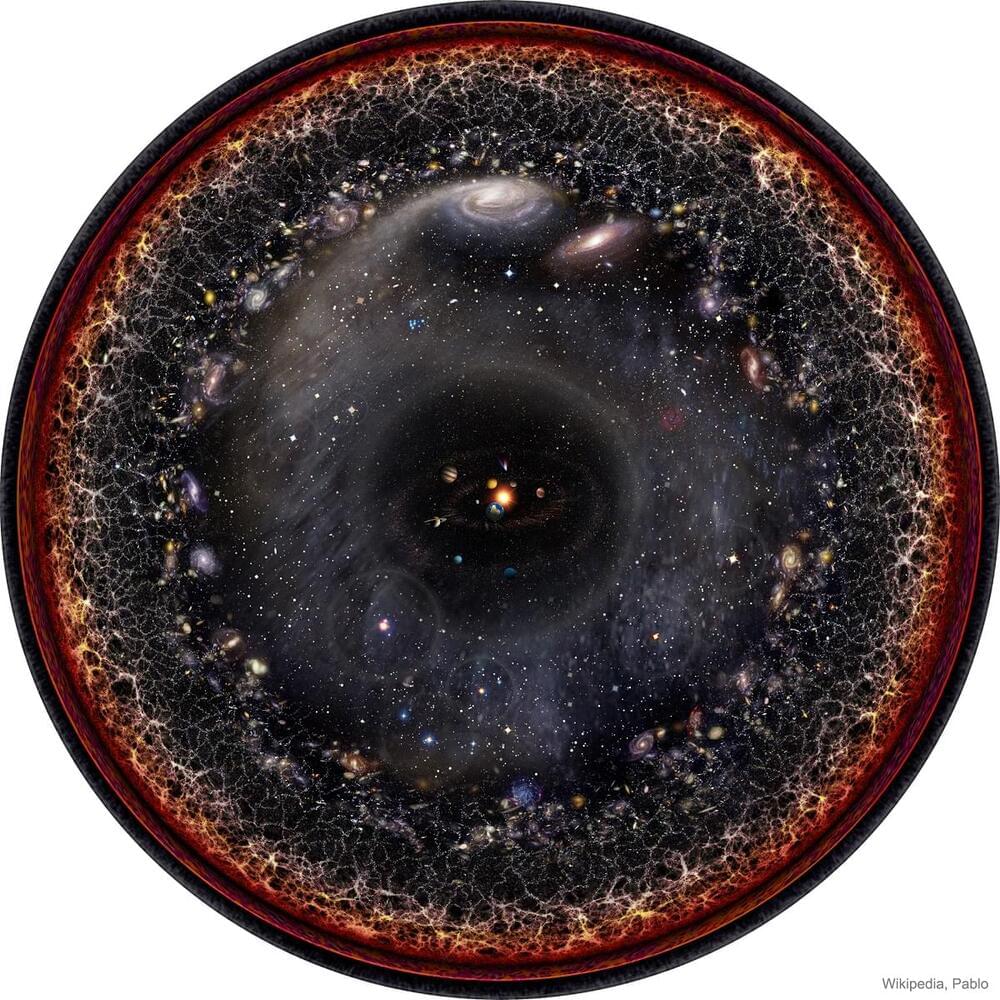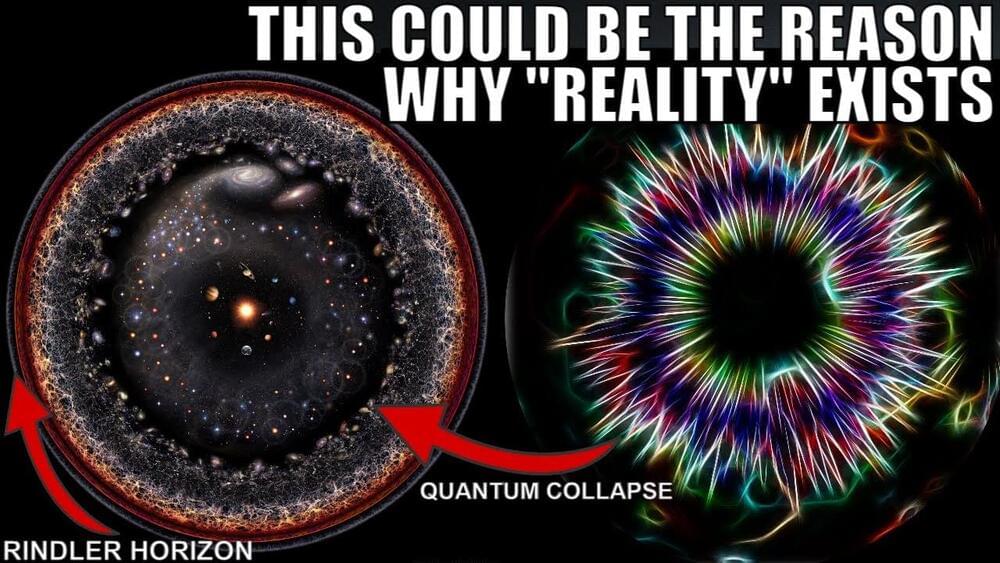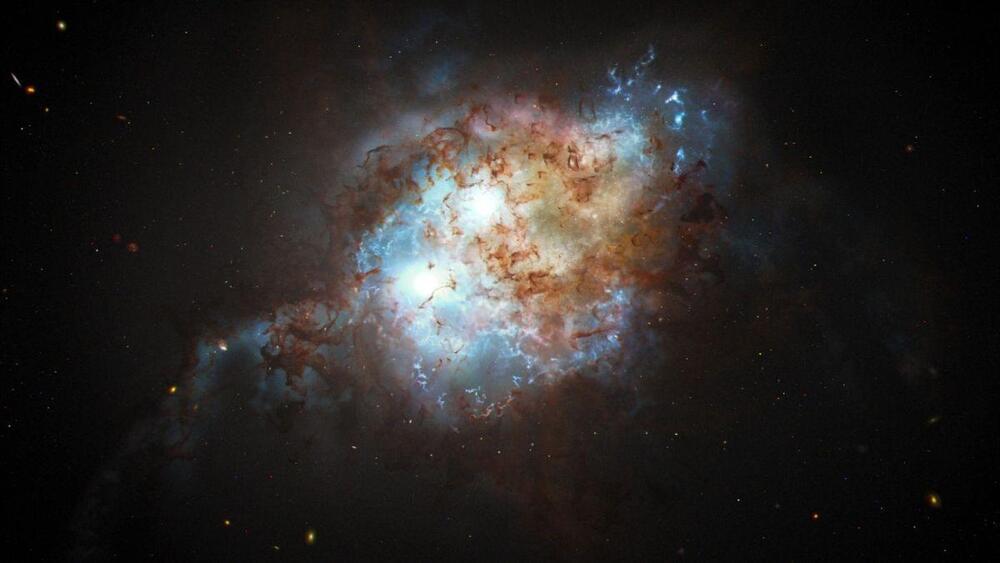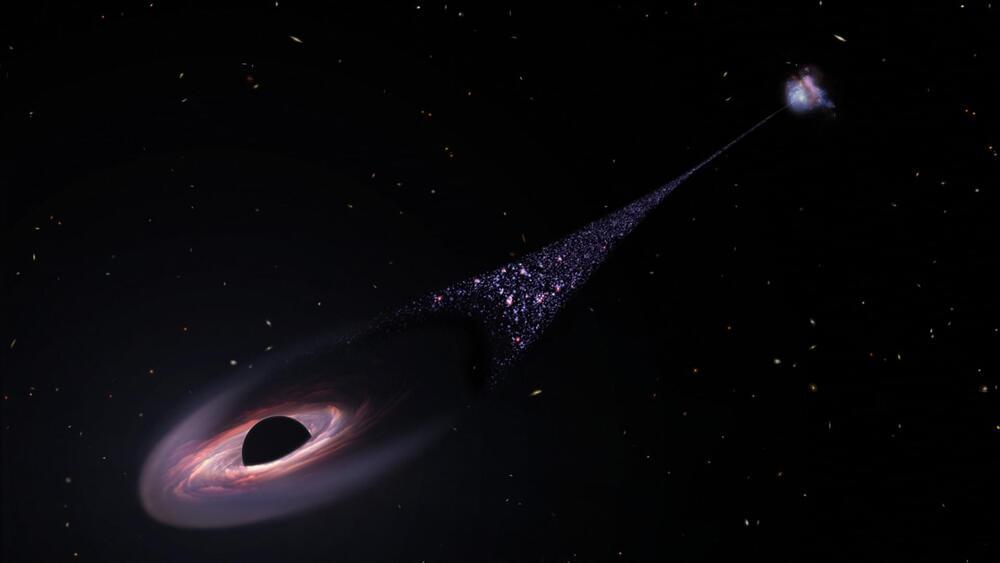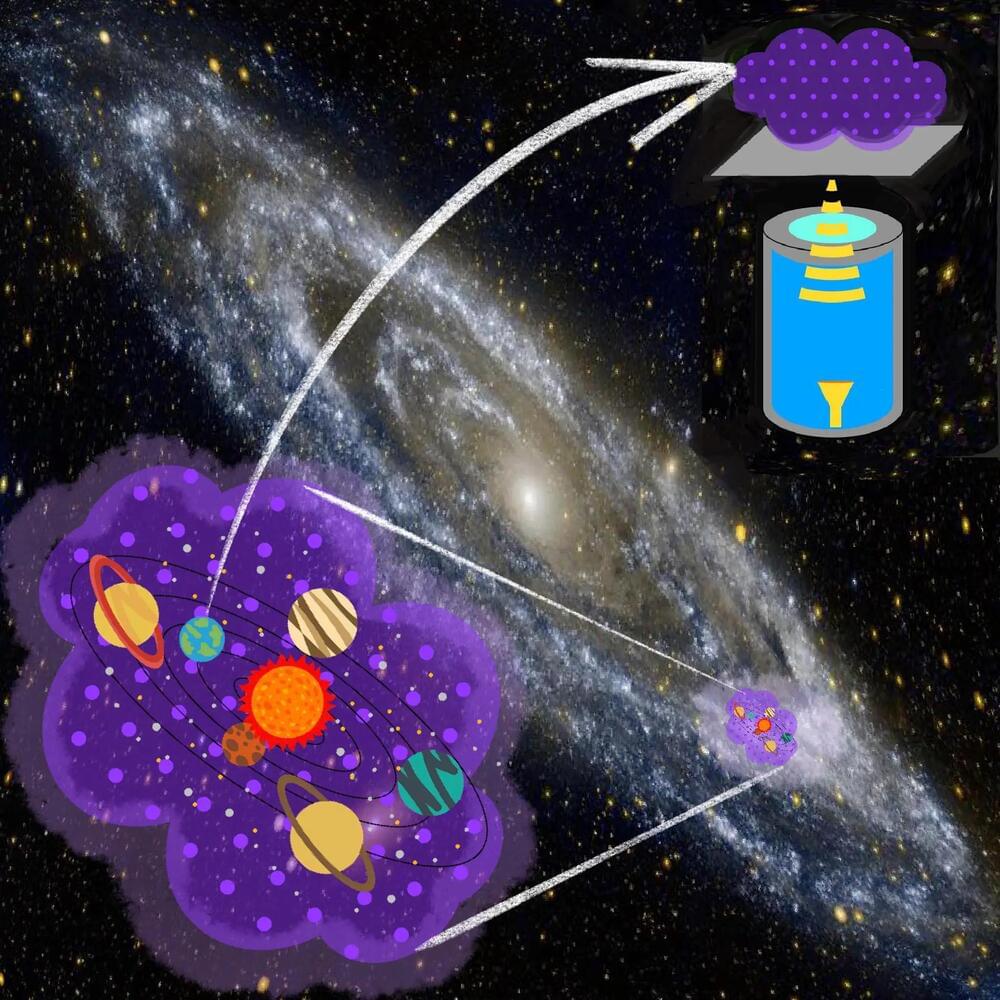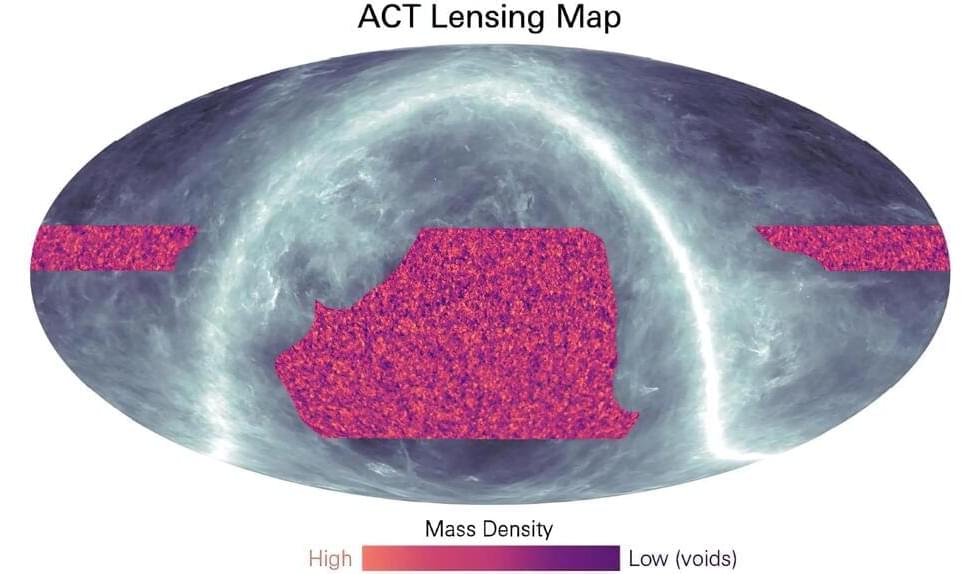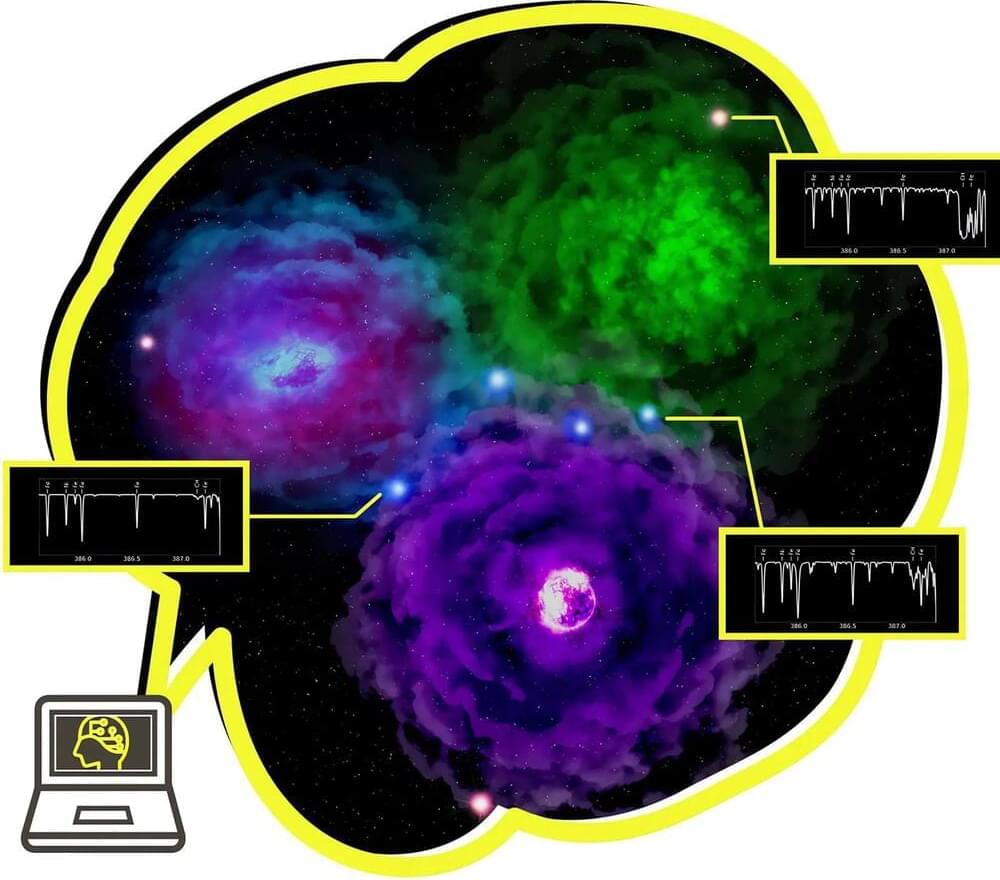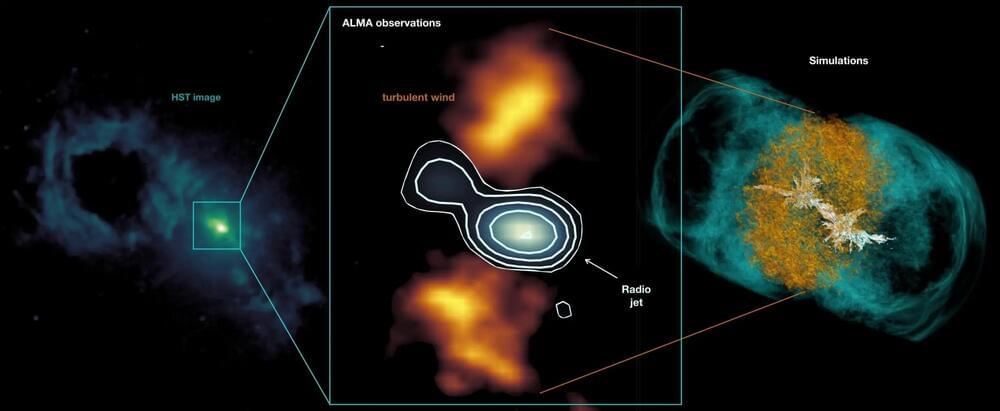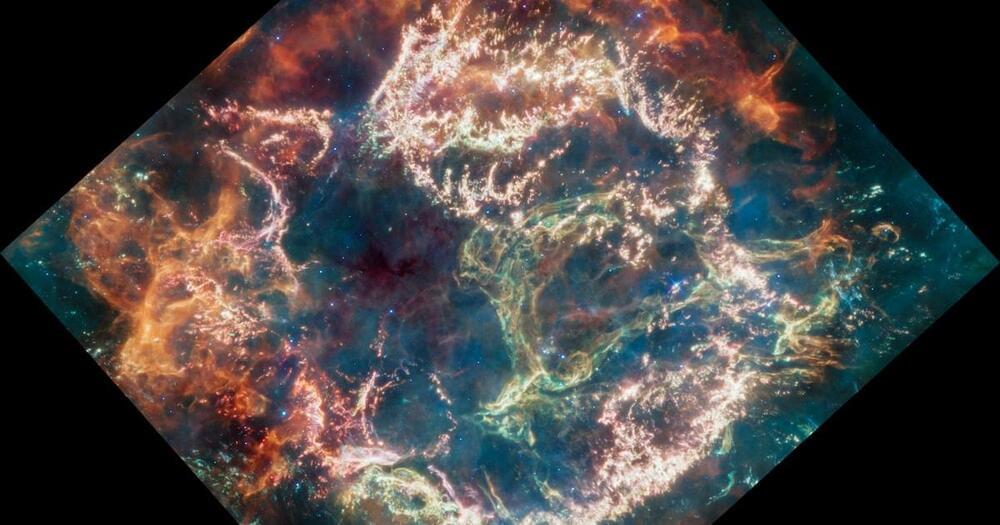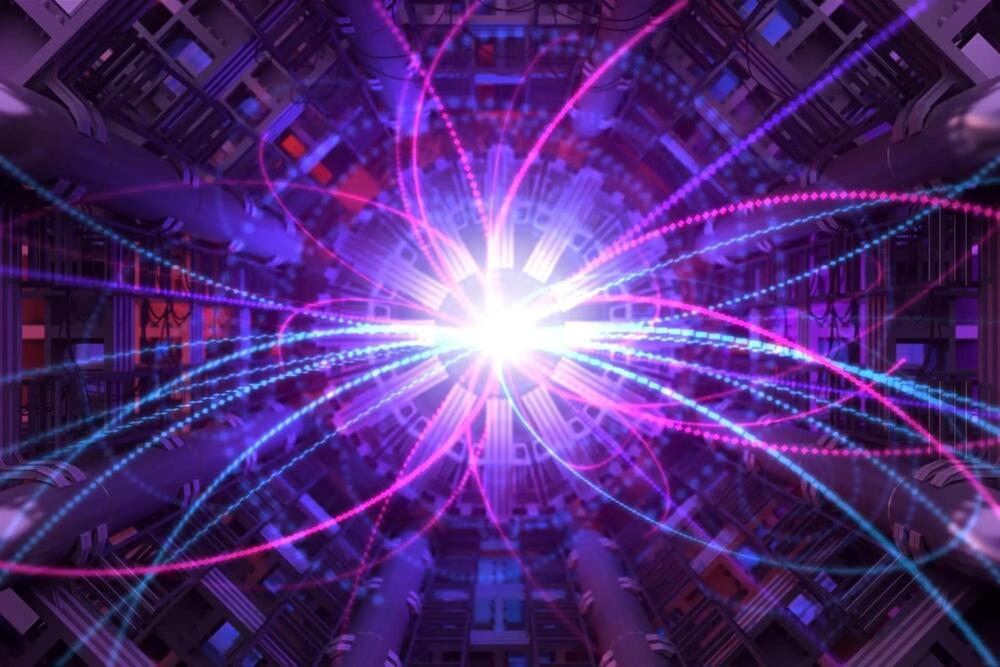Apr 13, 2023
Primordial Black Holes May Have “Frozen” the Early Universe
Posted by Paul Battista in categories: cosmology, particle physics
Primordial holes formed in the exotic conditions of the big bang may have become their own source of matter and radiation.
The standard story of the early universe goes like this. When our cosmos was incredibly young, it underwent a period of incredibly rapid expansion known as inflation. Then inflation went away and flooded the universe with particles and radiation in the hot big bang. Then the universe expanded and cooled, and as it did so the density of that matter and radiation dropped. Eventually the matter got itself together informed stars, galaxies and clusters.
Continue reading “Primordial Black Holes May Have ‘Frozen’ the Early Universe” »
